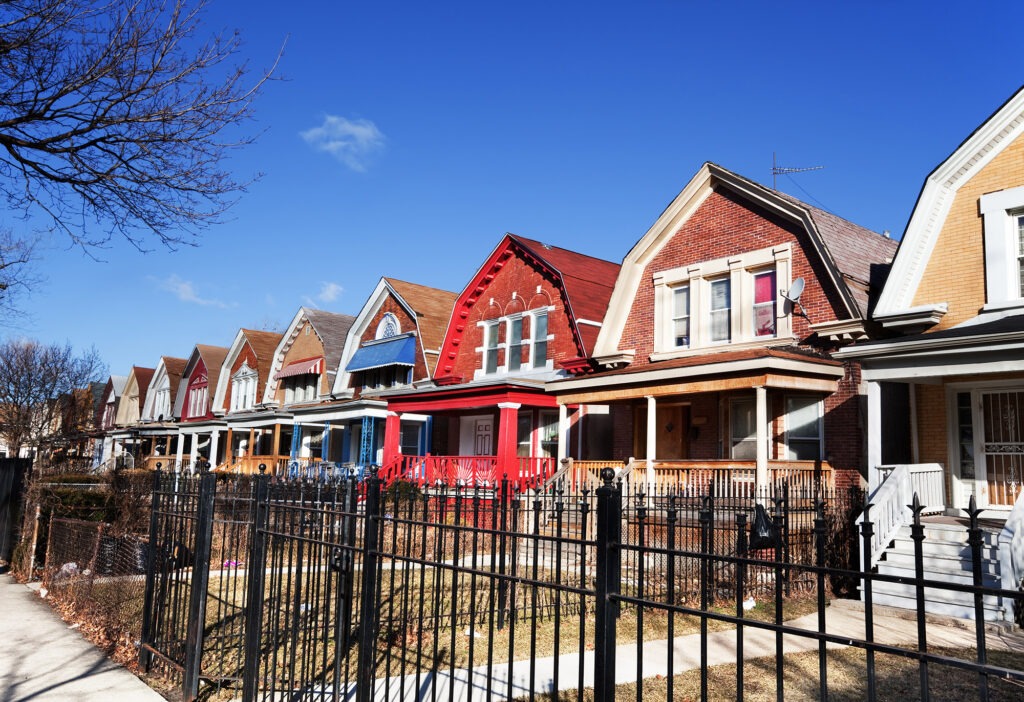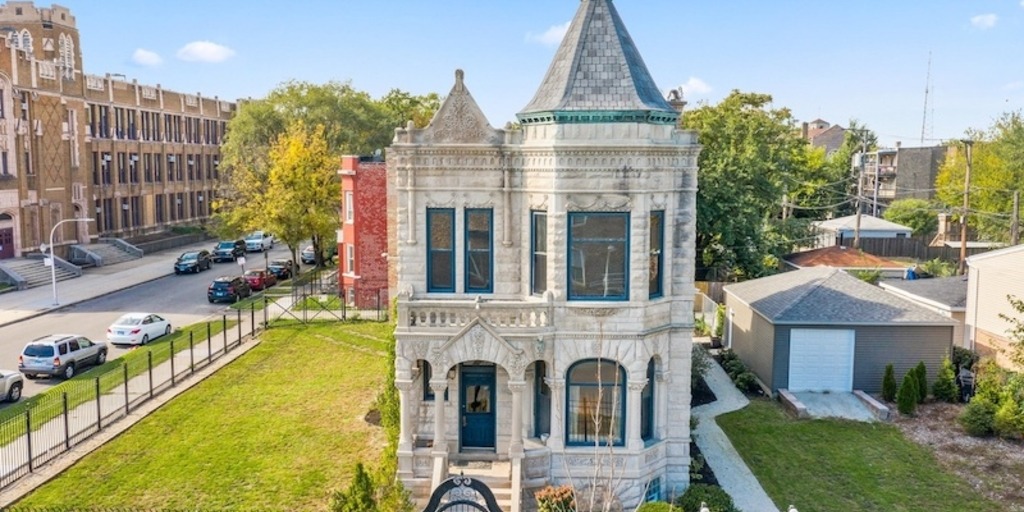East Garfield Park: A Historical Overview of a Vibrant Chicago Neighborhood
East Garfield Park, a vibrant neighborhood on Chicago’s West Side, has a rich and dynamic history. Its roots date back to its incorporation into the city in the late 19th century and its subsequent development into a bustling residential and industrial hub. Over the decades, East Garfield Park has seen numerous shifts in its demographic composition, economic activities, and physical landscape. This article delves into the neighborhood’s evolution, examining its early development, socioeconomic changes, and current status.
The Dawn of East Garfield Park
East Garfield Park became part of Chicago in 1869. However, it took nearly 25 years for the area to become densely populated. Its western part included Central (Garfield) Park, one of three grand parks on the West Side. The park’s inception in 1869 led to a surge in real estate activity. However, despite subdividing the land for sale, developers failed to provide infrastructure or buildings. This speculative frenzy ended with the catastrophic fire of 1871, which diverted speculators’ attention beyond the city limits.
Early Developments
Despite the setbacks, East Garfield Park saw some development during the late 19th and early 20th century. A few churches and schools catered to the small population, and railroads on the neighborhood’s periphery attracted manufacturers expanding westward from the Near West Side. The most notable industrial development was the four-block-long Sears plant along the border with North Lawndale.
The development of residential properties also increased during this time. Two-flats and small apartment buildings were erected to accommodate the local working population. The early residents of East Garfield Park were predominantly Irish and German immigrants, later joined by Italians and Russian Jews.
Post-War Prosperity and Subsequent Decline
The neighborhood experienced a brief post-war prosperity. Commercial development flourished along Madison Street, and a high-class residential hotel, the Graemere, opened just east of Garfield Park. However, the Great Depression and World War II saw numerous homes converted into smaller units and allowed to deteriorate. The area’s needs became so acute that the Daughters of Charity opened Marillac House in 1947 to serve the local poor.
Changing Demographics
The mid-20th century saw significant changes in the racial composition of the area. The construction of the Congress (Eisenhower) Expressway during the 1950s displaced residents from a southern part of the neighborhood. African Americans, who had been crowded out of the South and Near West Sides, began to buy and rent homes in East Garfield Park.
The Rise of Public Housing
Around this time, a cluster of Chicago Housing Authority (CHA) projects—Harrison Courts, Maplewood Courts, and Rockwell Gardens—marked the western edge of family public housing in Chicago and the eastern edge of East Garfield Park. However, the area saw a physical deterioration: absentee landlords ignored tenants’ requests for repairs, and vacant lots became increasingly common.
Activism and Community Organizing
In the face of adversity, many institutions welcomed black participation. The Midwest Community Council sponsored block clubs and promoted urban renewal. The neighborhood also saw a surge in activism in the late 1960s, with organizations like the East Garfield Park Union to End Slums leading rent strikes and pickets against neglectful landlords.
The 1968 Riots and Their Aftermath
However, this promising period of activism was undermined by rioting along Madison Street following Martin Luther King’s assassination in 1968. Businesses left when they lost their insurance, and federal open-occupancy legislation enabled the dispersal of black residents who wished to leave. Consequently, the area saw a sharp decline in its population and infrastructure.
Population Decline and Economic Challenges
East Garfield Park lost more than two-thirds of its population due to out-migration, from a high of 70,091 in 1950 to 20,881 in 2000. In the 1970s and 1980s, endemic poverty and unemployment loomed large, and a drug economy filled the economic void.

Signs of Reinvestment
Despite these challenges, there have been sporadic instances of reinvestment in the neighborhood. These include the expansion of Bethany Hospital, the building of Ike Sims Village for senior citizens, and the arrival of St. Stephen AME Church.
Today, the area is a diverse and dynamic neighborhood. It is home to the Garfield Park Conservatory, one of the largest conservatories in the United States. The neighborhood has supported the Democratic Party in the past two presidential elections by overwhelming margins.
The Future of East Garfield Park
Despite its challenges, the neighborhoood continues to strive for better days. The community’s chamber of commerce has drafted plans to reimagine Madison Street, filled with shops, residences, and other amenities. With its many positive attributes, East Garfield Park remains a potential target for gentrification. However, the neighborhood is proactively developing plans to stave off the displacement that has fractured other communities across Chicago.
East Garfield Park reflects the complexities and resilience of urban life. Its history is marked by periods of growth, decline, and renewal. And while the neighborhood has faced numerous challenges, its residents continue to work towards a brighter future.


